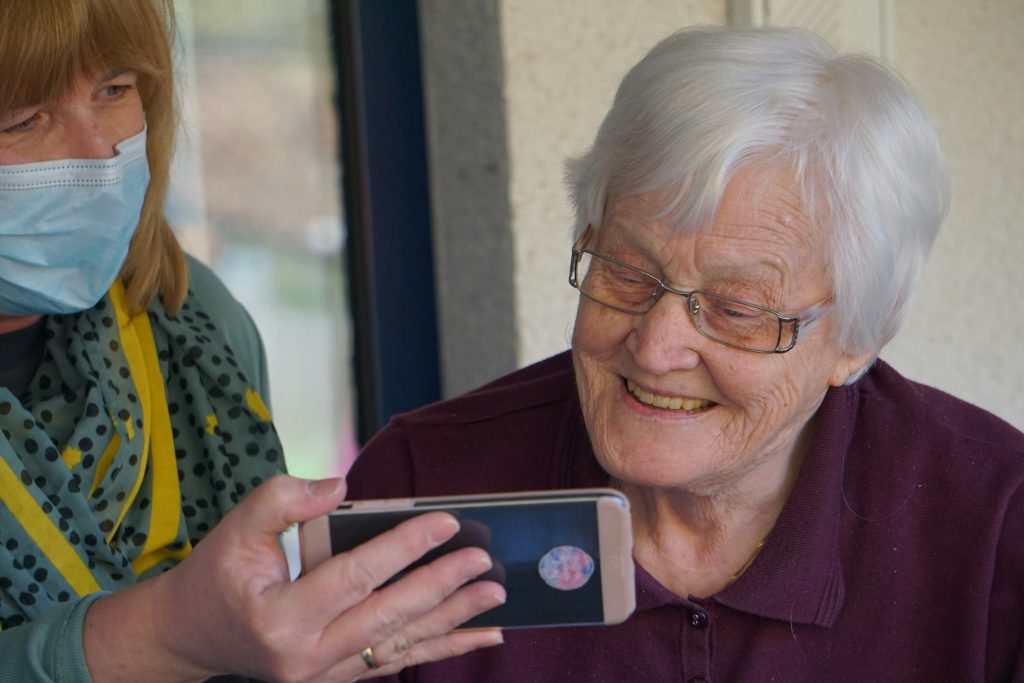
Caring for a loved one is a big responsibility. When you bring someone into your home or trust them with a family member, you want to believe they have good intentions. But not every caregiver is trustworthy. Some warning signs are easy to spot, but others are quiet and easy to miss. These subtle signals—caregiver red flags—can put your loved one’s safety, health, and even finances at risk. Knowing what to look for can help you act before a small problem becomes a crisis. Here are the quiet caregiver red flags you should never ignore.
1. Unexplained Changes in Routine
A good caregiver keeps a steady routine. If you notice sudden changes—like your loved one sleeping at odd hours, missing meals, or skipping medication—ask why. Sometimes, life happens. But if these changes keep happening and there’s no clear reason, it’s a caregiver red flag. Small shifts in daily habits can signal neglect or even intentional harm. Pay attention to patterns, not just one-off events. If the caregiver can’t explain the changes or seems defensive, that’s a problem.
2. Overprotectiveness or Isolation
A caregiver should encourage healthy relationships. If they start limiting visits, phone calls, or time with friends, be concerned. Isolation is a classic caregiver red flag. It can be a way to hide neglect, abuse, or financial exploitation. You might hear excuses like, “They’re too tired for visitors,” or, “It’s better if I handle everything.” But cutting off contact is never okay. Stay involved and insist on regular check-ins, even if the caregiver resists.
3. Missing Personal Items or Money
It’s normal to misplace things now and then. But if jewelry, cash, or other valuables start disappearing, don’t ignore it. Financial abuse is a growing problem in elder care. The National Council on Aging reports that financial exploitation costs older Americans billions each year. If your loved one can’t explain missing items, or if the caregiver has access to their money, this is a serious caregiver red flag. Keep an inventory of valuables and check bank statements for unusual activity.
4. Poor Hygiene or Unmet Medical Needs
A trusted caregiver should keep your loved one clean, comfortable, and healthy. If you notice dirty clothes, unwashed hair, or untreated wounds, something’s wrong. Sometimes, caregivers get overwhelmed. But repeated neglect is a caregiver red flag. Ask your loved one how they feel about their care. If they seem embarrassed or avoid the topic, dig deeper. Good hygiene and medical attention are basic needs, not optional extras.
5. Defensive or Evasive Behavior
When you ask questions, a trustworthy caregiver answers openly. If they get defensive, change the subject, or avoid your questions, that’s a red flag. You might hear, “Why are you asking?” or, “You don’t trust me?” This kind of response is meant to shut down your concerns. But you have every right to ask about your loved one’s care. If the caregiver can’t handle simple questions, it’s time to look closer.
6. Unwillingness to Follow Instructions
Every family has preferences. Maybe your loved one likes their tea a certain way or needs medication at a set time. A good caregiver listens and adapts. If the caregiver ignores your instructions or insists on doing things their way, that’s a caregiver red flag. This attitude can lead to bigger problems, like missed medications or unsafe situations. Consistency matters, especially for seniors or people with health issues.
7. Frequent Accidents or Injuries
Falls and accidents can happen, especially with older adults. But if your loved one has frequent bruises, cuts, or unexplained injuries, ask for details. A pattern of accidents is a caregiver red flag. Sometimes, it’s a sign of rough handling or neglect. Other times, it could be abuse. Document injuries and ask for written incident reports. If the caregiver can’t provide clear explanations, take action.
8. Emotional Changes in Your Loved One
Pay attention to mood swings, anxiety, or sudden fearfulness. If your loved one seems withdrawn, sad, or scared around the caregiver, don’t brush it off. Emotional changes can be a quiet caregiver red flag. Abuse isn’t always physical. Sometimes, it’s emotional or psychological. The National Institute on Aging notes that emotional abuse can be just as damaging as physical harm. Trust your instincts if something feels off.
9. Caregiver Avoids Supervision
A trustworthy caregiver welcomes feedback and supervision. If they avoid being observed, refuse to let you drop by unannounced, or seem nervous when you’re around, that’s a caregiver red flag. They might insist on privacy or make excuses for why you can’t visit. This behavior can hide neglect or abuse. Insist on regular, unplanned visits and watch how the caregiver reacts.
10. Lack of Documentation
Good caregivers keep records—medication logs, meal plans, and activity notes. If you ask for documentation and the caregiver can’t provide it, be concerned. Missing or incomplete records are a caregiver red flag. Documentation protects both your loved one and the caregiver. It shows accountability and helps you spot problems early. Don’t accept excuses for missing paperwork.
Protecting Your Loved One Starts with Awareness
Spotting caregiver red flags isn’t about being suspicious of everyone. It’s about staying alert and protecting the people you care about. Quiet warning signs can be easy to miss, but they matter. If you notice any of these caregiver red flags, act quickly. Talk to your loved one, document your concerns, and consider finding a new caregiver if needed. Your vigilance can make all the difference.
Have you ever noticed subtle caregiver red flags? What steps did you take? Share your story in the comments.
Read More
Why Are Nursing Homes Hiring Private Security Now?
The True Cost of Owning a Pet in Retirement
The post What Are the Quiet Red Flags That a Caregiver Shouldn’t Be Trusted? appeared first on The Free Financial Advisor.







